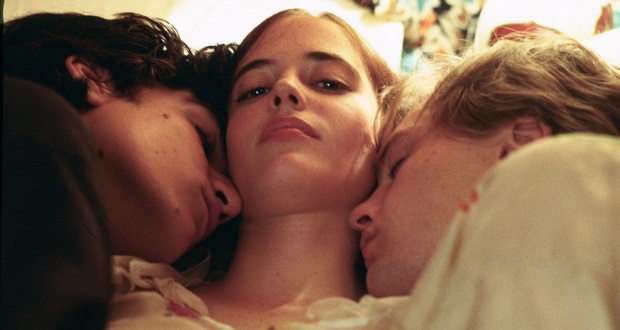
It is in the interest of any aspiring filmmaker to strive for originality in storytelling, above all else. Cinema is an art form in which no single iteration of a story formula is truly unique. Hence, it is up to the filmmakers to find new and expressive ways to tell stories that are otherwise anything but fresh. With that being said, what element gives rise to an intriguing plot?
Sex.
Sex sells. Sex is an undeniable driving force for many facets of modern media, be it to further a commercial agenda, or for personal gain. But can sex alleviate artistic merit? The films on this list utilize the plot device of sex and eroticism to propel their narratives to greater heights, the films may be flawed with most earning polarizing reviews, but nevertheless, the filmmakers behind these works dare. They dare to tread the thin line between art and porn. They dare to saunter between the two polarizing ends. They dare to channel what some might deem obscenity and vulgarity into raw, visceral, emotion.
Without further ado, these are 10 great erotic romance films.
10. Love
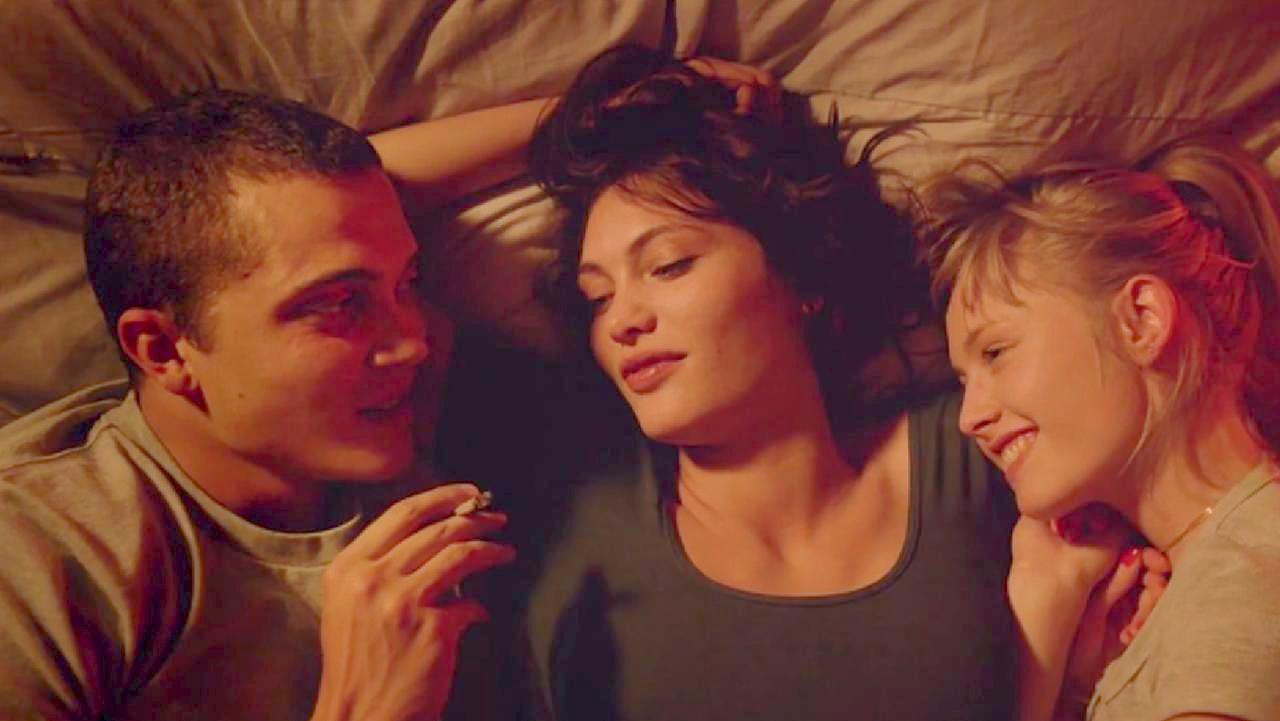
To kick start the list, Gaspar Noe’s 2015 Love, features the titular theme presented in the grittiest sense of the word. Noe wished to explore the dynamics of a relationship fueled by nothing more than sex, and the result? A vulgar assault on the senses filled with more self-indulgence than a student indie, and it certainly does look and feel like one. Nevertheless, Love is anything but a pornographic exploitation.
The presentation of the film certainly leaves much to be desired. Performances are weak and characterizations often come across as unbelievable. But let’s not forget how we feel at the end of the film. It’s a rollercoaster of emotions driven by the madman that is Noe.
Chronology means nothing, as the film thrusts us across different points of time in the characters’ lives. We slowly grow to care for these characters, we look past their flaws, not only as people, but as poorly realized plot devices. Gratuitous sex scenes slowly develop meaning. Colors grow wild. Cuts feel painful with strong purpose.
Noe makes us almost forget that we’re watching a film about a man stuck in a loveless relationship and reminiscing of his past, and nothing more.
9. The Duke of Burgundy
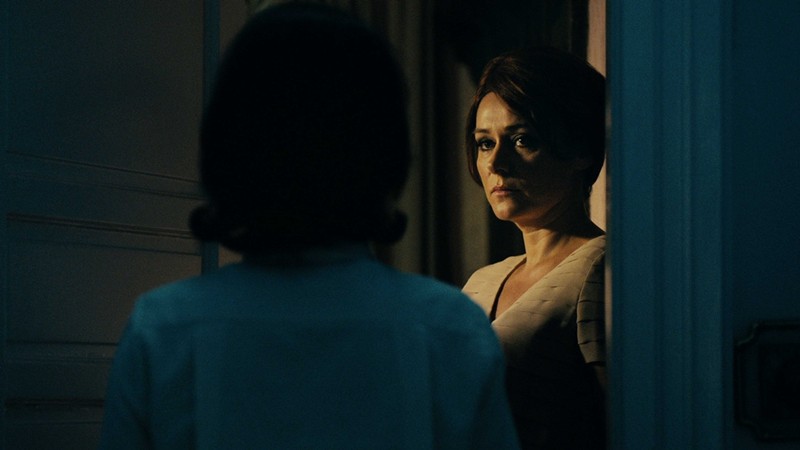
One of the biggest driving elements of erotic cinema is the concept of sexual dominance and bondage. The image of unhealthy relationships represented through chains and whips and ballgags immediately come to mind. Imagine this, a film that revolves entirely around BDSM, set in a timeless, Victorian-esque setting of sophistication, that features almost no nudity.
Welcome to Peter Strickland’s The Duke of Burgundy. A narrative that challenges the dynamics of a relationship, however skewed they may outwardly seem. A relationship that’s challenged by relatable notions of age difference, of sexual drive. Strickland frames this seemingly universal portrait of love in the least universal way possible – by introducing strong elements of homosexual bondage.
With this added element, the outwardly simple dynamics of the couple changes drastically in the perception of the audience. It is often said that the key to crafting a great character is to test them with the complete opposite of what they’re comfortable with. Strickland adopts this ideology to great effect, crafting a surreal world perpetuated by repetition, by surrealism and an underlying degree of tension, all to strengthen a narrative that without these elements, would be forgettable and clichéd. And it works.
8. 9 ½ Weeks

Dubbed the “original Fifty Shades of Gray”, 9 ½ weeks certainly has earned nearly the same amount of backlash as its “spiritual successor” of sorts. It gained its fair share of attention for the wrong reasons at the Razzies and was initially a box office bomb before the release of the uncut version. So what makes 9 ½ weeks something beyond “porn with a plot”?
Chemistry. A strong degree of chemistry between the two leads. An extremely strong factor missing in terrible pieces of erotic cinema like Fifty Shades, films that would rather focus on exploring the restrained fantasies of a middle-aged housewife as opposed to exploring something realer. 9 ½ weeks has that elusive quality going for it. It isn’t perfect in its execution, but Adrian Lyne certainly has an awareness of how to frame this chemistry to best represent it on screen.
The film certainly doesn’t tread new ground with its subversion of society and what we know of relationships, even if it does re-contextualize it for the zeitgeist of the mid-80s. With that being said, in a genre of cinema where characters seem to be mere representations of our inner demons, 9 ½ weeks feature more than just represented ideas.
They feature people.
7. Y Tu Mama Tambien
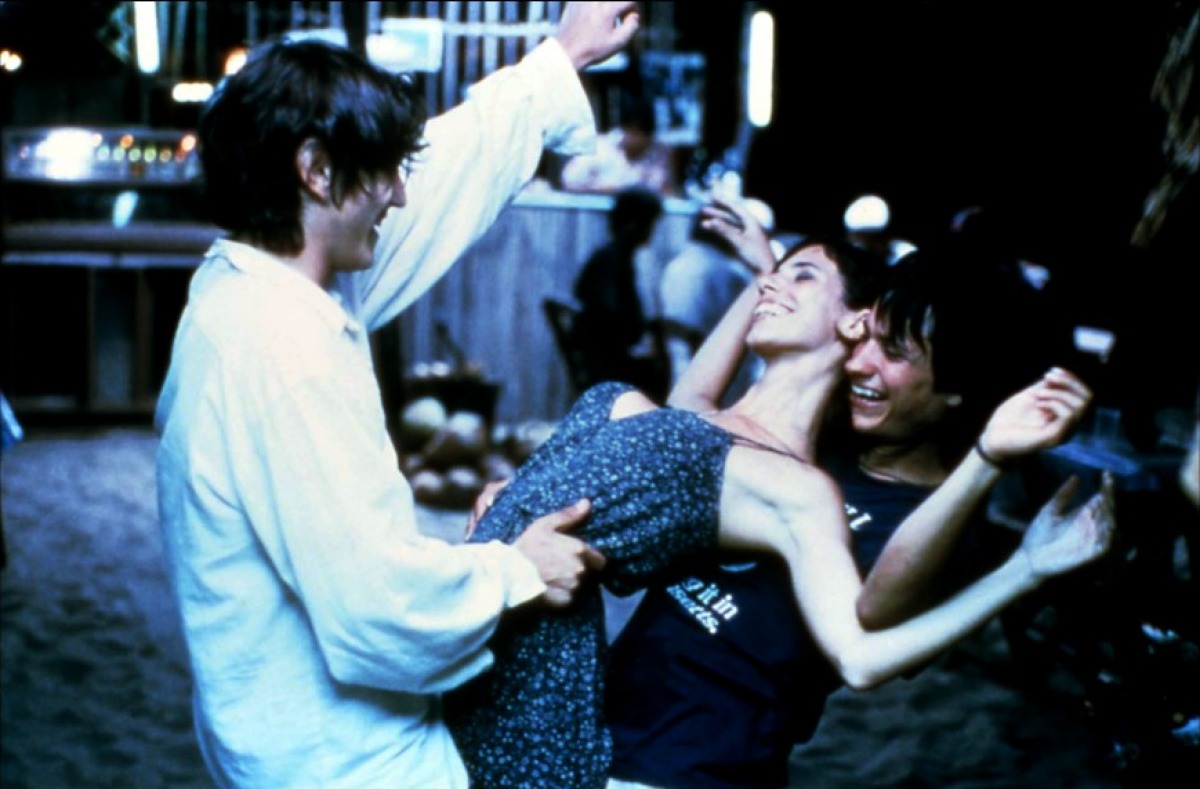
Before he moved on to tackle insanely large scale projects, projects that he built his name on, Alfonso Cuaron tried his hand at something far more real and down to earth. Y Tu Mama Tambien is certainly a distinct departure from the rest of his oeuvre. The setpieces in the film are the furthest from extravagant, but rather, serve as little incubators to explore complex character dynamics revolving around the trait of exuberance.
Not only does the film paint an intricate portrait of the state of Mexican society at the point of time, it doesn’t overtly force any political ideology. Replicating the sheer vibrancy of youthful emotion to be had from a roadtrip was Cuaron’s paramount focus. From the camaraderie one might have with close friends to the sexually charged tension from interacting with the opposite sex, Y Tu Mama Tambien encapsulates it all.
Though it is a fact that Cuaron’s later filmography sees the exploration of far more universal themes, and certainly does challenge his ability as a director to great extent, Y Tu Mama Tambien will always have a special place in his body of work, regardless of how much it evolved over the years. It may not be as large in scale as a film like Children of Men, but the utter strength of the growing vision behind the camera is ever-prevalent and certainly undeniable.
6. The Dreamers
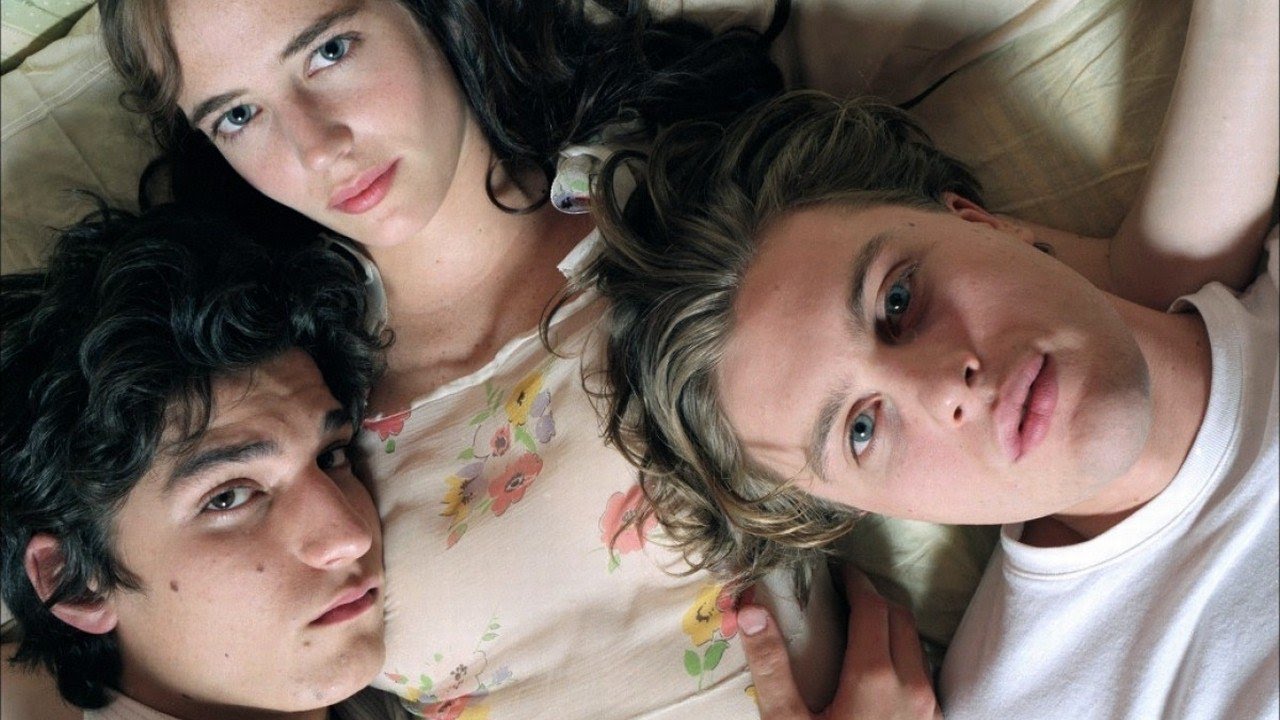
It is inarguable that perhaps one of the most stylistic, and for a lack of a better word, sexiest movement in filmmaking is the revered French New Wave. Bernardo Bertolucci’s 2003 love letter to the times long gone may be a flawed, style-over-substance piece of work, nevertheless, even if The Dreamers is sorely lacking in depth, its allure more than makes up for that fact.
Try to recall the timeless conventions of the Nouvelle Vague. The heavy use of character subjectivity. Vibrant exuberance. Self-reflexivity. These are the qualities that alleviated figures like Godard and Anna Karina to the canon of film history.
On top of modernizing these classic tropes, Bertolucci adds something surprisingly missing from the French New Wave. He adds explicit sex and nudity. Sex appeal now morphs to something much more graphic, and to an extent, genuine.
Though The Dreamers is nowhere near the quality of the films released by the likes of Truffaut and Resnais, the filmmaking still mystifies. If anything, even if it doesn’t serve as a piece of cinema worth studying, judging the film as a love letter above all else, a love letter to perhaps the most influential period of cinema, The Dreamers more than succeeds.